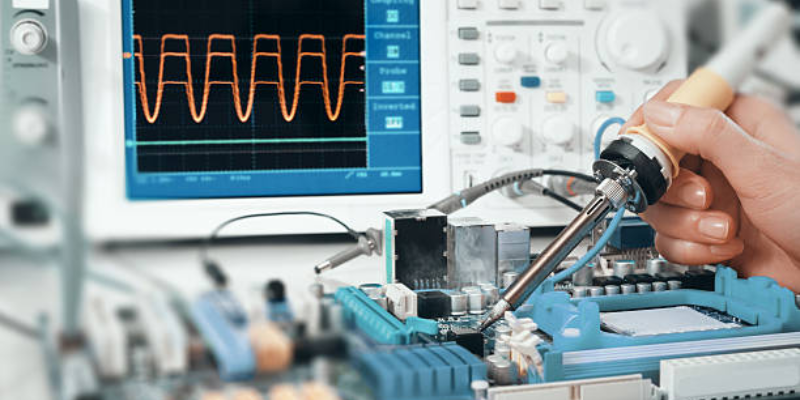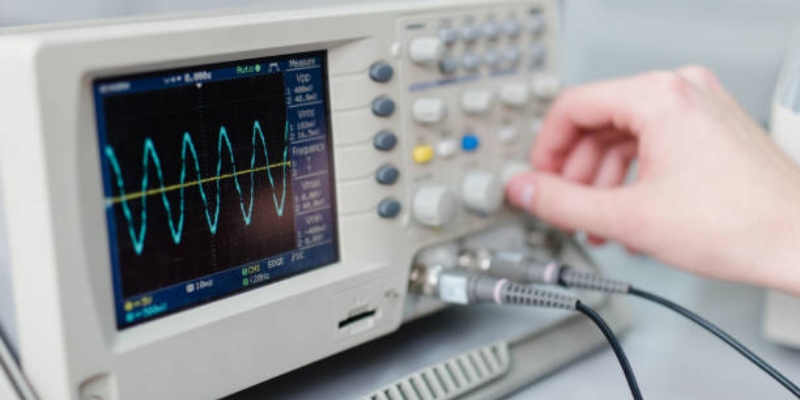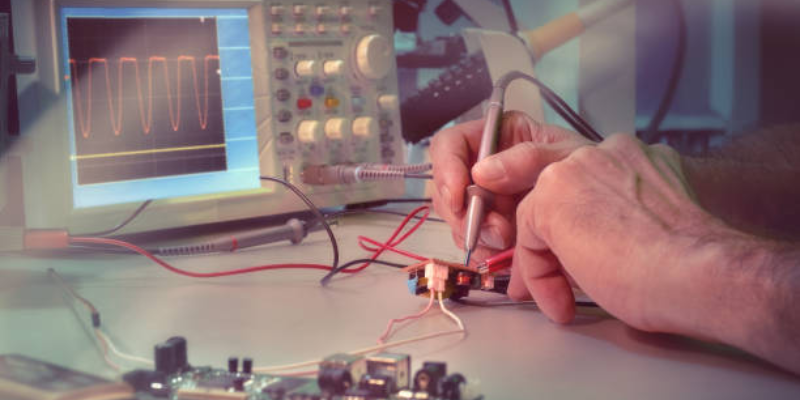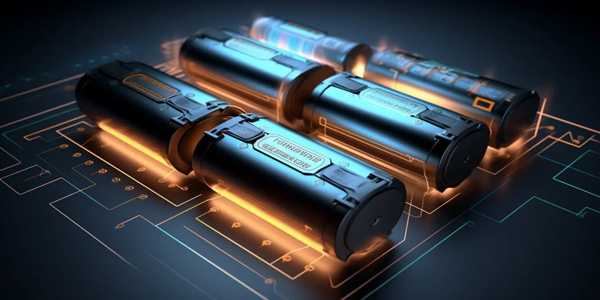6 Best Oscilloscopes for Hobbyists and Professionals
Author: Mike Fakunle
Oscilloscopes are essential tools for anyone involved in electronics, whether you're troubleshooting circuits or analyzing waveforms. Choosing the right oscilloscope can be challenging, especially with the variety of options available today. This guide highlights the best oscilloscopes for hobbyists and professionals, providing key details to help you make an informed decision.
What Is an Oscilloscope?
An oscilloscope is an electronic test instrument that graphically displays varying signal voltages. It's used to analyze the behavior of electronic devices, making it vital for diagnosing and solving electrical issues.
Why You Need One:
For Hobbyists: Oscilloscopes help with small projects like building circuits, repairing devices, or experimenting with Arduino and Raspberry Pi.
For Professionals: They’re indispensable for advanced diagnostics, such as analyzing signal integrity, testing communications systems, or debugging hardware.

Key Features to Consider
Before buying an oscilloscope, understand the features that suit your needs.
1. Bandwidth
Bandwidth determines the range of frequencies the oscilloscope can measure. A general rule is to choose a device with a bandwidth at least five times higher than the maximum frequency of your signal.
2. Sample Rate
This indicates how often the oscilloscope samples a signal. A higher sample rate ensures more accurate waveform reproduction.
3. Number of Channels
Most oscilloscopes offer 2, 4, or more channels. Hobbyists often need fewer channels, while professionals working on complex systems may require more.
4. Display Quality
A sharp and clear display makes it easier to analyze signals. Modern oscilloscopes often feature high-resolution color screens.
5. Storage and Connectivity
Digital oscilloscopes allow you to store waveforms and connect to computers for further analysis.
Types of Oscilloscopes
Analog Oscilloscopes
These are simpler and generally more affordable, but they lack the advanced features of digital models. They’re suitable for basic waveform observation.
Digital Storage Oscilloscopes (DSOs)
These are the most popular today, offering excellent accuracy and features like waveform storage, signal analysis, and PC connectivity.
Mixed-Signal Oscilloscopes (MSOs)
Ideal for professionals, MSOs combine the features of a DSO with logic analyzer capabilities, allowing simultaneous observation of analog and digital signals.

The Best Oscilloscopes for Hobbyists
1. Rigol DS1054Z
Bandwidth: 50 MHz
Sample Rate: 1 GS/s
Channels: 4
Price: Affordable for hobbyists.
The Rigol DS1054Z is one of the most recommended oscilloscopes for beginners. It offers a great balance of performance and cost, making it perfect for small projects.
2. Siglent SDS1104X-E
Bandwidth: 100 MHz
Sample Rate: 1 GS/s
Channels: 4
Siglent’s SDS1104X-E is another excellent choice for hobbyists who want a bit more bandwidth. Its user-friendly interface makes it accessible to those new to oscilloscopes.
3. Owon VDS1022I
Bandwidth: 20 MHz
Sample Rate: 100 MS/s
Channels: 2
This budget-friendly oscilloscope connects to your PC, making it a lightweight and portable option.
The Best Oscilloscopes for Professionals
1. Tektronix TBS1102B
Bandwidth: 100 MHz
Sample Rate: 2 GS/s
Channels: 2
Tektronix is a trusted name in oscilloscopes, and the TBS1102B offers advanced features for analyzing complex signals.
2. Keysight InfiniiVision 3000T X-Series
Bandwidth: 100 MHz to 1 GHz
Sample Rate: Up to 5 GS/s
Channels: 2-4
Designed for professional use, this oscilloscope delivers high precision and extensive features for signal analysis.
3. Rohde & Schwarz RTM3004
Bandwidth: 100 MHz to 500 MHz
Sample Rate: 5 GS/s
Channels: 4
Known for its reliability, this model provides excellent performance for engineers and technicians working on high-end applications.
How to Choose Between a Hobbyist and Professional Oscilloscope
When deciding between hobbyist and professional-grade oscilloscopes, ask yourself the following questions:
What’s the maximum frequency of the signals I’ll measure?
Do I need advanced features like waveform math, FFT, or protocol decoding?
How often will I use the oscilloscope, and for what purpose?

Maintenance Tips for Oscilloscopes
To ensure longevity, follow these maintenance practices:
Clean the Display Regularly: Use a soft, lint-free cloth to avoid scratches.
Avoid Overloading: Ensure your signals are within the oscilloscope’s bandwidth and voltage limits.
Update Firmware: Keep the device’s software updated for the latest features and stability improvements.
Store Properly: Protect the oscilloscope from dust and extreme temperatures when not in use.
Oscilloscopes are invaluable tools that cater to a wide range of needs. Whether you’re a hobbyist working on DIY projects or a professional troubleshooting complex systems, choosing the right oscilloscope can make all the difference.



